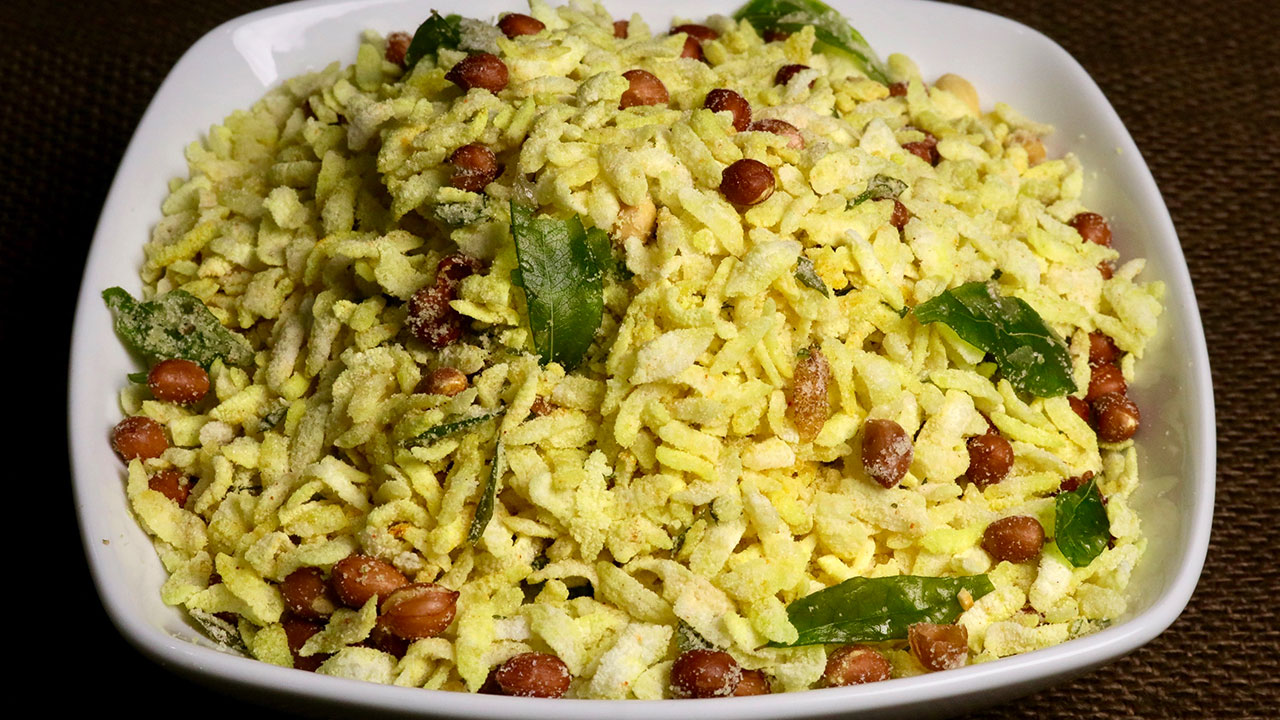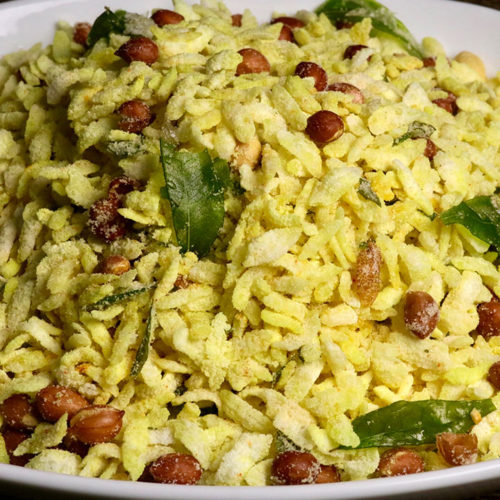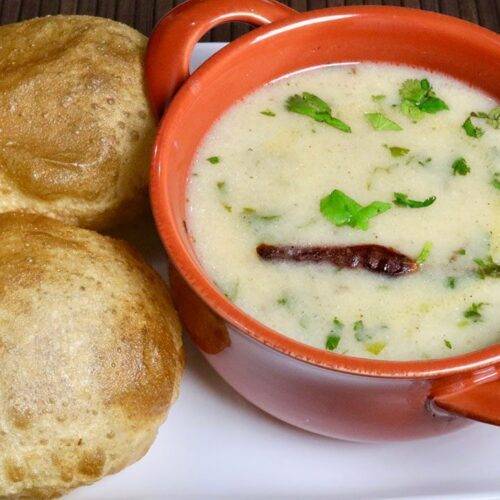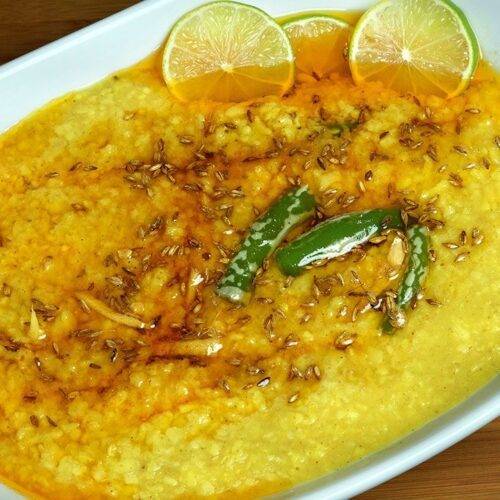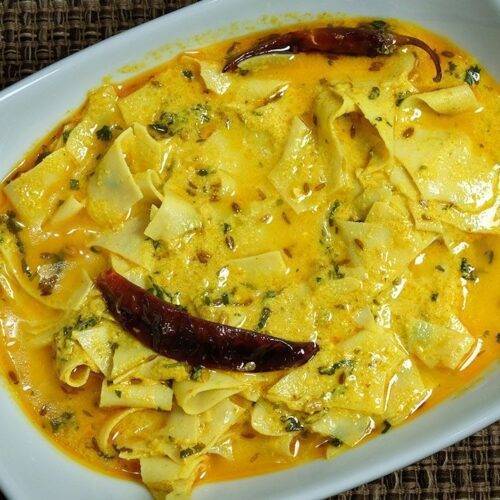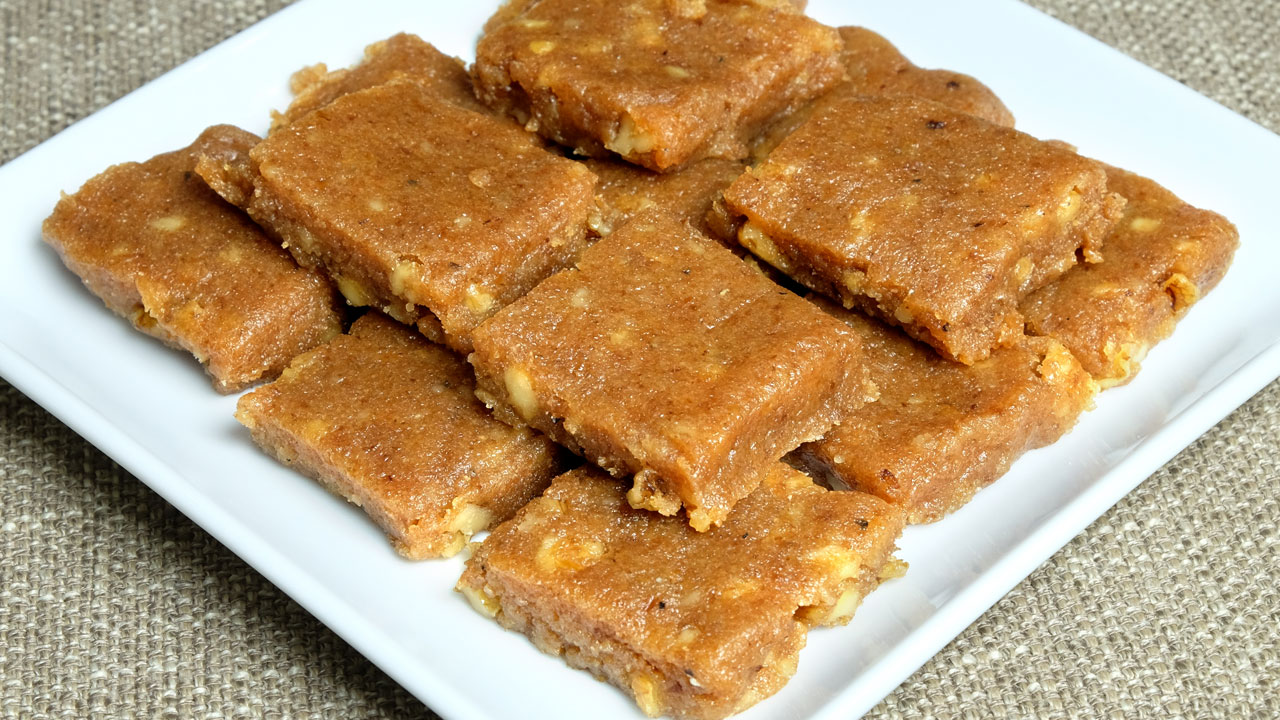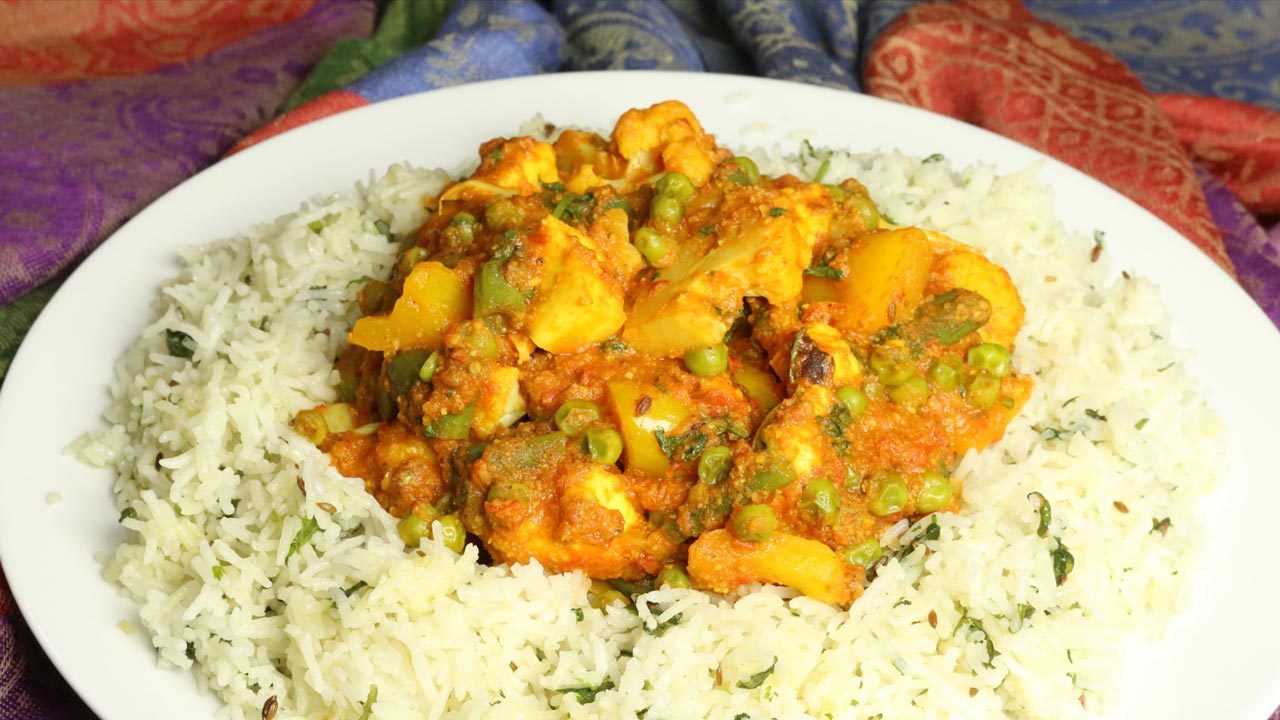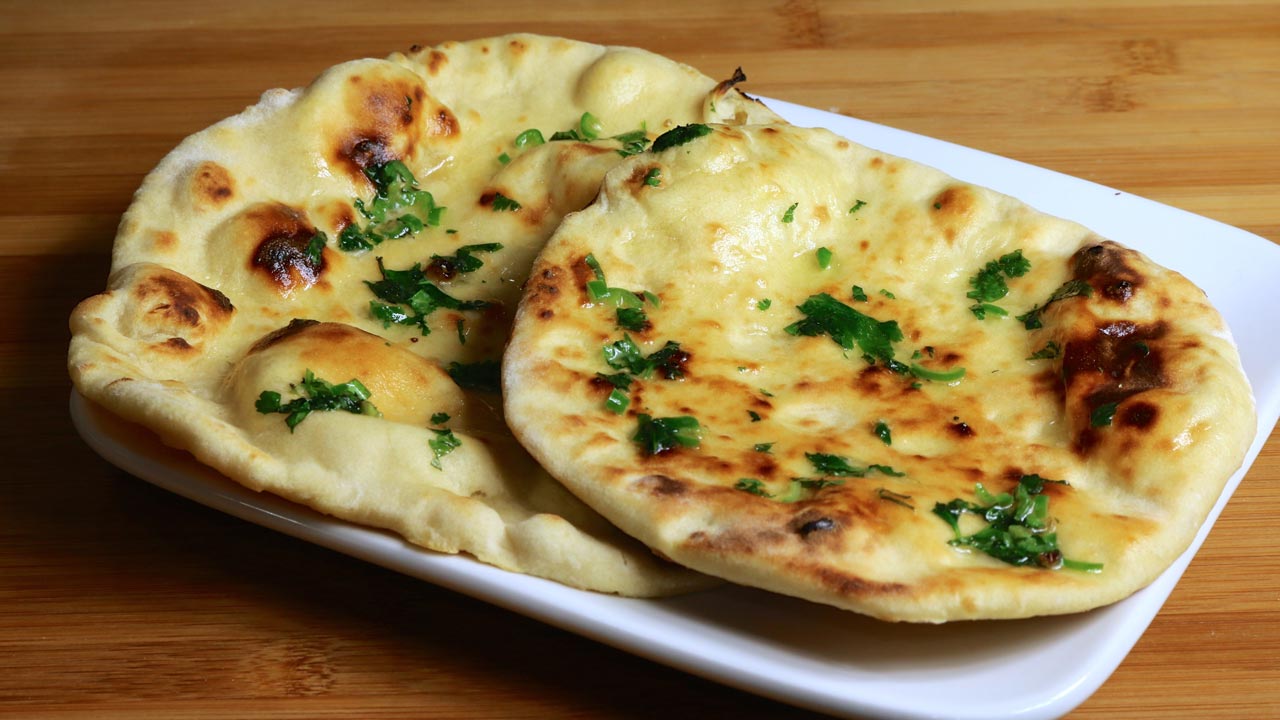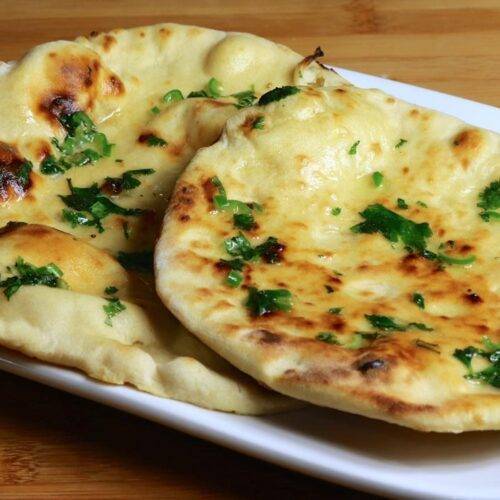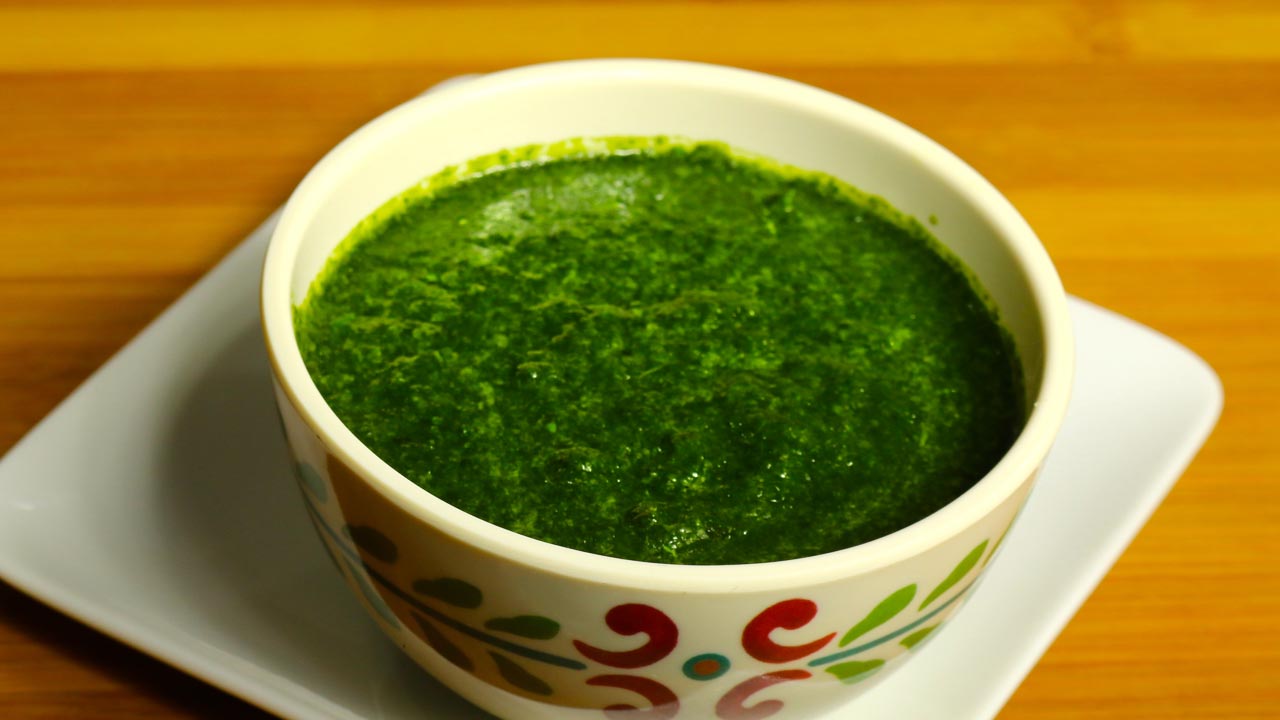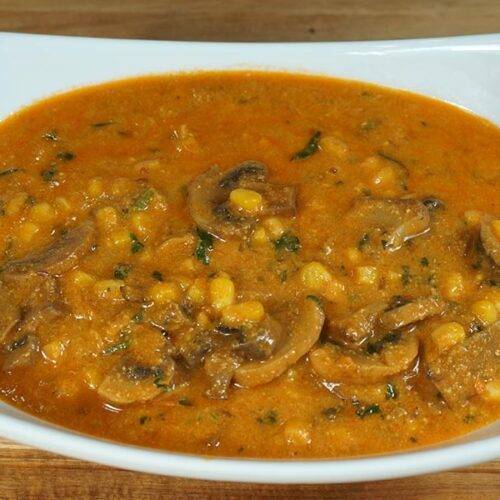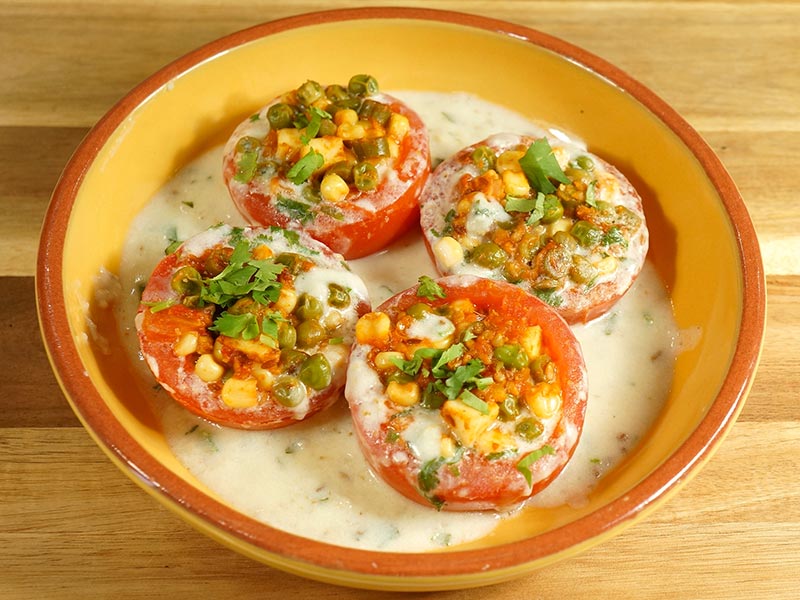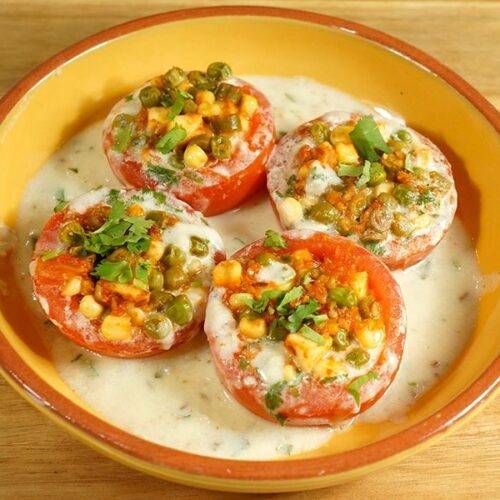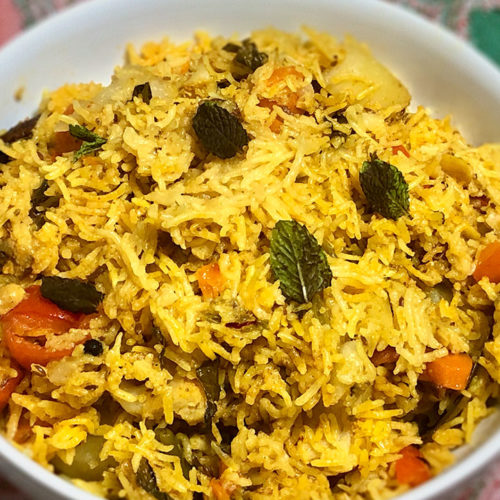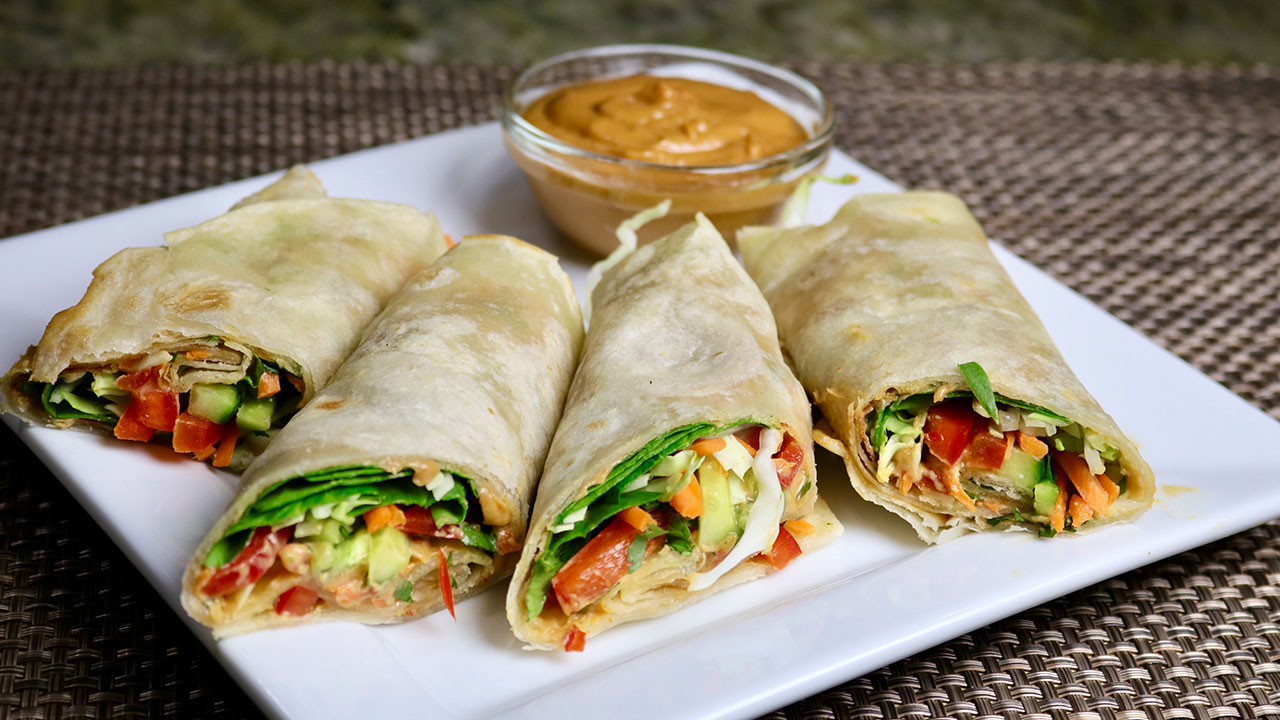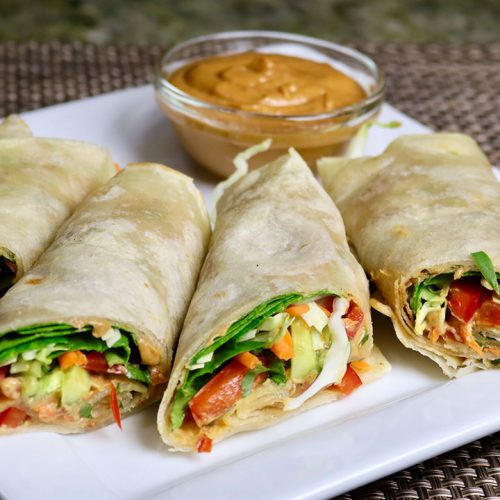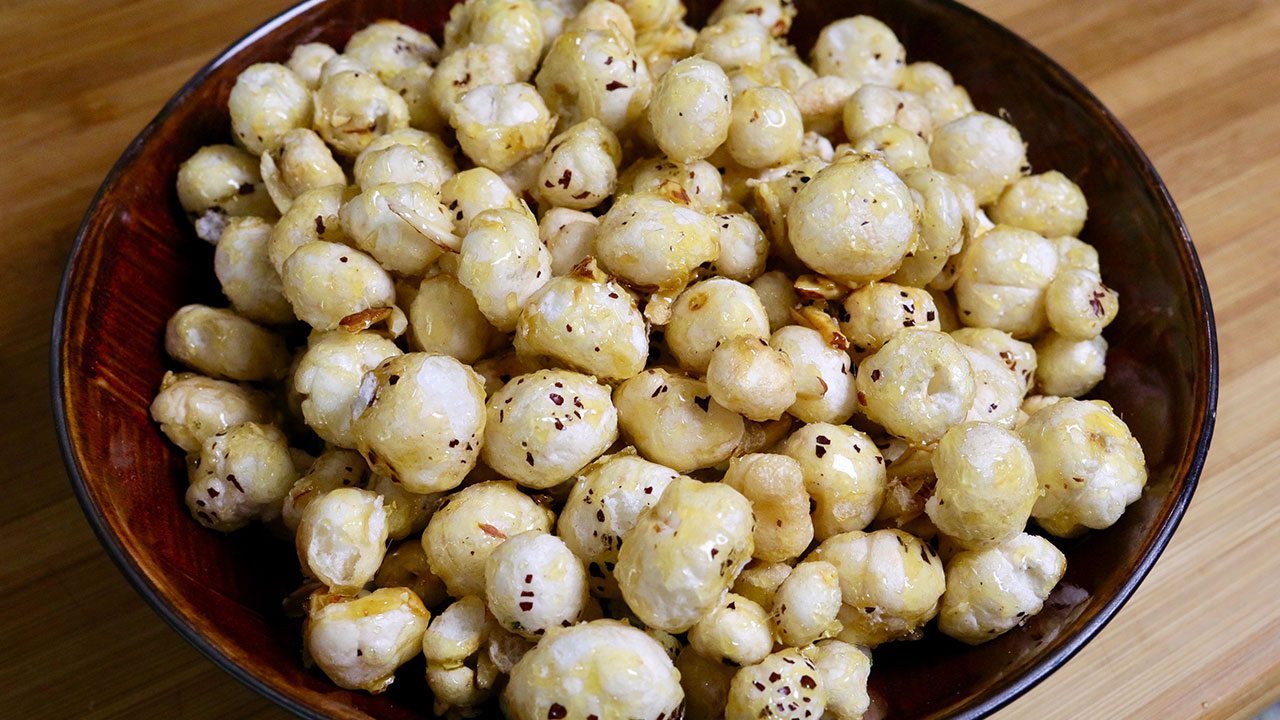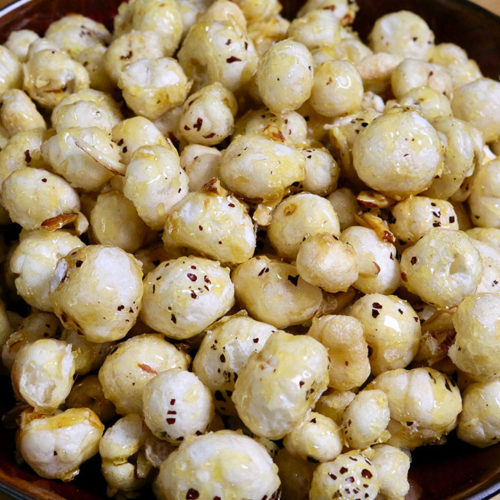Winter Vegetarian Recipes: Warm and Comforting Indian Dishes
Winter is the perfect time to enjoy warm and comforting dishes that nourish the body and soul. Indian cuisine offers a variety of winter vegetarian recipes that are both delicious and hearty. Whether you’re looking for vegetarian winter recipes, Winter Recipes Indian style, or specific Indian winter recipes, Manjula’s Kitchen provides an extensive collection of dishes to suit every palate. Let’s explore some fantastic dishes that will make your winter meals cozy and satisfying.
Classic Winter Vegetarian Recipes
Sarson Ka Saag
Sarson Ka Saag is a classic North Indian dish made with mustard greens, spinach, and fenugreek leaves. This dish is a staple in many Indian households during winter and is a perfect example of winter vegetarian recipes. The combination of leafy greens cooked with spices and served with makki ki roti (cornbread) makes this dish both flavorful and nutritious.
Methi Thepla
Methi Thepla is a spiced flatbread made with fenugreek leaves and whole wheat flour. This dish is popular in Gujarat and is an ideal choice for vegetarian winter recipes. The addition of fenugreek leaves not only enhances the flavor but also adds a nutritional boost, making it perfect for a healthy winter meal.
Hearty Indian Winter Recipes for Main Course
Rajma
Rajma is a hearty kidney bean curry cooked in a spiced tomato gravy. This dish is a staple in Winter Recipes Indian style and is enjoyed with rice or roti. The rich and comforting flavor of the kidney beans makes it a beloved dish in many Indian households.
Baingan Bharta
Baingan Bharta is a smoky and flavorful eggplant dish that is perfect for winter. The eggplants are roasted until soft, then mashed and cooked with tomatoes and mild spices. This dish is a delightful addition to your collection of Indian winter recipes and pairs well with roti or rice.
Warming Soups and Stews
Moong Dal Soup
Moong Dal Soup is a nutritious and warming lentil soup made with split yellow lentils and a blend of spices. This dish is a staple in winter vegetarian recipes and is perfect for a light yet satisfying meal. The rich and comforting flavor of the lentils makes it an ideal choice for cold winter days.
Vegetable Stew
Vegetable Stew is a comforting and hearty dish made with a variety of vegetables cooked in a spiced coconut milk broth. This dish is a favorite among vegetarian winter recipes and is perfect for a nourishing and warming meal. Serve it with steamed rice or bread for a complete meal.
Winter Vegetarian Recipes for Snacks
Pakoras
Pakoras are deep-fried fritters made with vegetables like spinach, potatoes, and cauliflower. This snack is a popular item on the Indian winter recipes list and is perfect for tea-time or as an appetizer. Serve pakoras with a side of green chutney for a delicious treat.
Methi Muthia
Methi Muthia are steamed dumplings made with fenugreek leaves and a blend of spices. This snack is a classic in Winter Recipes Indian style and is perfect for a healthy and tasty treat. Muthia can be enjoyed on their own or with a side of chutney.
Sweet Indian Winter Recipes
Gajar Ka Halwa
Gajar Ka Halwa is a traditional Indian dessert made with grated carrots, milk, sugar, and ghee. This dessert is a staple in winter vegetarian recipes and is often enjoyed during festivals and special occasions. The rich and sweet flavor of the halwa makes it a favorite among many.
Moong Dal Halwa
Moong Dal Halwa is a rich and indulgent dessert made with split yellow lentils, ghee, and sugar. This dessert is a classic in Indian winter recipes and is perfect for a sweet ending to any meal. The melt-in-your-mouth texture and sweet flavor make it a beloved winter treat.
Elevate Your Winter Menu
To elevate your winter menu, consider incorporating dishes from various categories that complement these winter vegetarian recipes. Adding Indian snacks like pakoras and methi muthia will bring a delightful variety of flavors and textures.
For a sweet conclusion, try Indian desserts such as gajar ka halwa and moong dal halwa. Offering healthy options like moong dal soup and vegetable stew can provide lighter choices for your meals.
Planning a large gathering? The best Indian dishes for party recipe category are brimming with dishes that will impress your guests and create unforgettable celebrations. Including North Indian recipes like rajma or baingan bharta can infuse your meal with an authentic touch.
Frequently Asked Questions (FAQs)
Q: What are some popular winter vegetarian recipes?
A: Some popular winter vegetarian recipes include Sarson Ka Saag, Methi Thepla, Rajma, Baingan Bharta, Moong Dal Soup, Vegetable Stew, Pakoras, Methi Muthia, Gajar Ka Halwa, and Moong Dal Halwa. These dishes are flavorful, nutritious, and perfect for cold weather.
Q: How can I make traditional Indian food suitable for winter?
A: To make traditional Indian food suitable for winter, try recipes like Sarson Ka Saag, Rajma, and Moong Dal Soup. These recipes are hearty, warming, and perfect for cold weather.
Q: What are some easy winter recipes Indian style?
A: Some easy winter recipes Indian style include Pakoras, Methi Thepla, and Baingan Bharta. These dishes are quick to prepare and provide the necessary warmth and comfort during cold weather.
Q: Can I prepare Indian winter recipes in advance?
A: Yes, many Indian winter recipes can be prepared in advance and stored. Dishes like Rajma and Baingan Bharta can be made ahead of time and refrigerated, while snacks like Pakoras and Methi Muthia can be prepped and frozen.
Q: What are some healthy vegetarian winter recipes?
A: Some healthy vegetarian winter recipes include Moong Dal Soup, Vegetable Stew, Sarson Ka Saag, and Methi Thepla. These dishes are nutritious, hearty, and perfect for maintaining a healthy diet during the winter months.
Conclusion
Winter Indian vegetarian recipes are a celebration of diverse flavors and warming ingredients. Whether you’re looking for vegetarian winter recipes, Winter Recipes Indian style, or specific Indian winter recipes, these dishes will bring variety and comfort to your meals. So, gather your ingredients, try out these recipes, and enjoy the rich and diverse world of Indian winter foods. Happy cooking and happy winter!
By incorporating these dishes into your winter menu, you’ll be able to enjoy a wide variety of delicious and nutritious foods. Whether you’re looking for snacks, main courses, or desserts, there’s a winter vegetarian recipe to suit every taste. Don’t forget to check out Manjula’s Kitchen for more inspiration and culinary delights. Happy cooking and happy eating!

